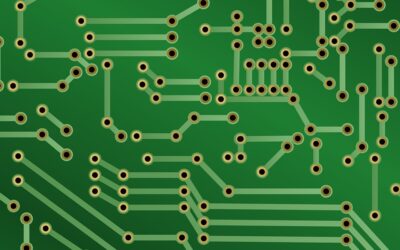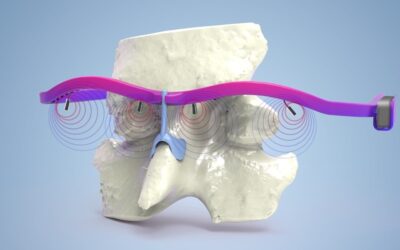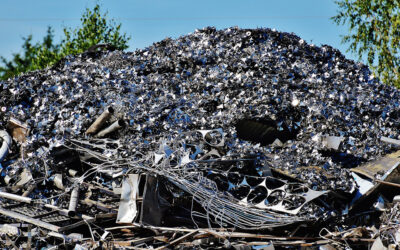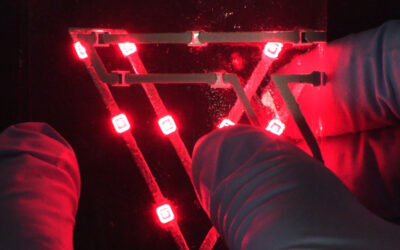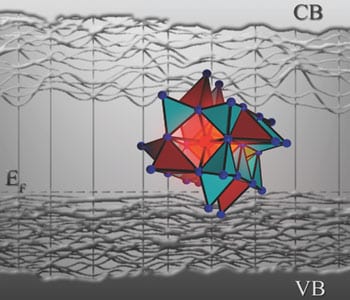
Nitridolithoaluminate phosphor (Tolhurst et al.)
The replacement of conventional lighting sources, such as incandescent lamps, is considered a fundamental step toward reducing worldwide electrical energy consumption. As a result, research on novel, suitable materials for phosphor-converted light-emitting diodes (pc-LEDs) has attracted a lot of attention in recent years. Of particular interest are red-emitting phosphors, due to the impact of emissions in the red spectral region on the color rendering and efficiency of a pc-LED.
Research from a Canadian-German collaboration has now focused on a next generation nitridolithoaluminate phosphor, Sr[LiAl3N4]:Eu2+ (SLA) as a breakthrough material. With its high emission intensity in the red region of the electromagnetic spectrum and its uniquely narrow bandwidth for a Eu2+-doped phosphor, this material shows great potential for use in illumination-grade pc-LEDs. To fully understand the complex structure-property relationships and to enable further optimization of the material properties of SLA, an in-depth presentation of the electronic structure determined through experimental soft X-ray spectroscopy measurements and theoretical density functional theory calculations was performed by the group.
The results of this analysis complete previously reported electronic and structural characteristics observed through X-ray diffraction, visible light excitation and electron energy loss spectroscopy. In particular, SLA is found to have an indirect band gap of (4.56 ± 0.25) eV, highly similar local electronic structure at nonequivalent Sr sites, and the necessary characteristics for a uniform shift in the centroid of the Eu2+ 5d states. This clarifies why, with two sites which can be occupied by the activator ion Eu2+, such a narrow band emission is still observed and re-enforces the importance of SLA as a phosphor for LED applications.












